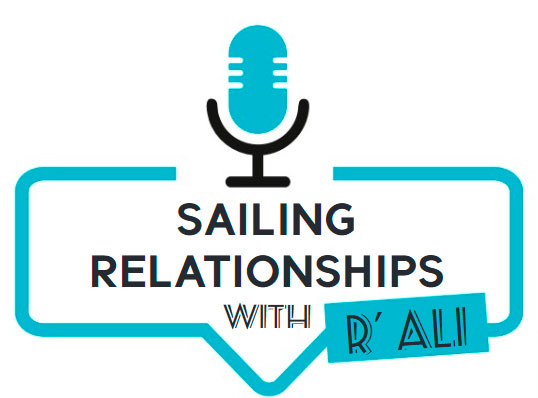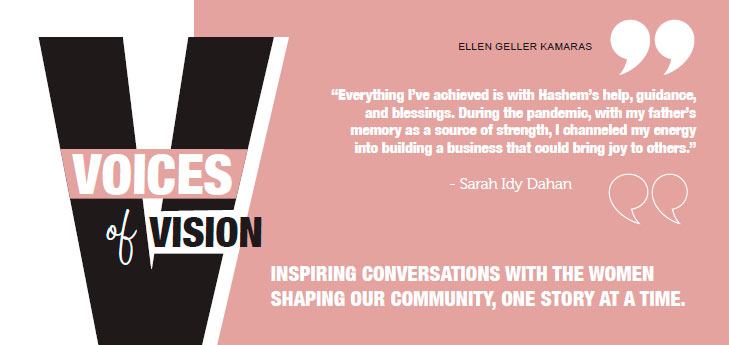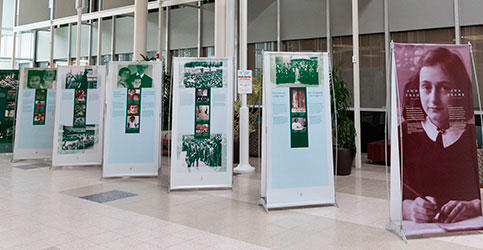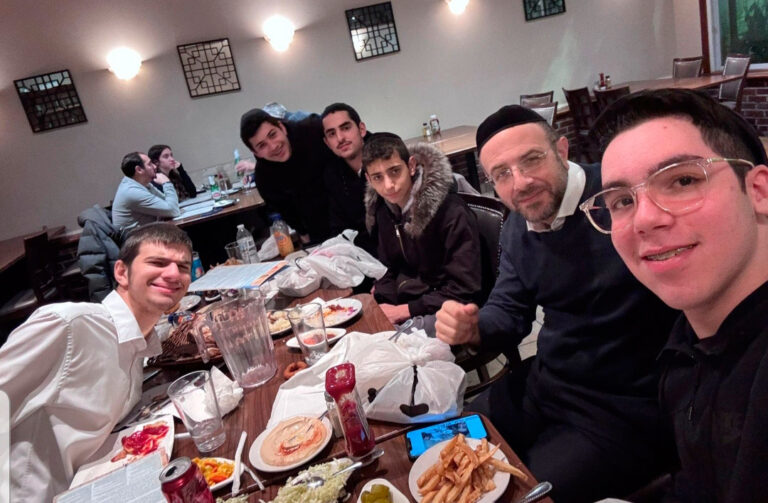Purim is a time when what is normally hidden away gets revealed, and we put aside our external facades for a bit. What is the underlying lesson of this holiday, and why do we celebrate it every year?
Rabbi Yehuda Beyda
Jews don’t have holidays.
That is to say, we don’t simply commemorate historical events with vacations and parties. Jewish history is filled with events both tragic and wonderful, and with very few exceptions, they are hardly even remembered today. Though our calendar is replete with days that are anchored in events from ancient times, none of those are simply commemorative. On Pesah, for instance, we do not merely memorialize the Exodus from Egypt, rather we reaffirm our unique identity as Hashem’s Firstborn. On Shavuotwe rededicate ourselves to the study and upholding of the Torah. And so, it is with every one of our holy days.
An Unusual Holiday
This pattern seems to break when it comes to Purim. We read the Megillah, where we find a long story of hashgaha (Divine intervention) and nes nistar (hidden miracles). A terrible danger was averted in a miraculous fashion, and the nation was saved. We truly have a reason to celebrate. But why celebrate every year? There were other times when the entire nation was in existential danger. Though the very Heavens opened, and the angels’ song wiped away our enemies, we do not commemorate the destruction of Sanheriv’s armies, for example. What was unique about the miracle of Purim that deserved a permanent entry into the Jewish calendar?
Turnabout Is Fair Play
Perhaps the most unique aspect of the miracle of Purim was the large number of reversals that occurred. Being taken by force to live with a non-Jew was a personal tragedy for Esther the tzadeket that turned into a national salvation. Haman’s oversized ego caused him to build the oversized gallows. His ego was partly to blame for his getting strung up on those same gallows. The appointment of Mordechai the Torah Sage to adjudicate Persian disputes at the king’s gate turned into an opportunity for him to uncover Bigtan and Teresh’s assassination plot. And there were many other such instances of “v’nahafoch hu,” complete turnabouts, culminating in the greatest reversal of them all – Haman’s mobilization of the anti-Semitic army gave rise to its own annihilation. The story of the Megillah is woven throughout with the “v’nahafoch hu” theme.
Let us examine this a bit more. The Gemara (Megillah 12a) gives two reasons that we deserved Haman’s decree of annihilation. The first was in the days of Nebuchadnezzar. The king erected a gigantic statue of himself and declared that all his subjects must pay him homage by coming and bowing to his image. The vast majority of Jews in that time decided to obey the king’s decree rather than provoke his anger. They felt it was better to just try to blend in. By doing so, Hashem’s anger was provoked, instead.
The second event that brought down Heavenly judgment was recorded at the start of the Megillah. King Ahashverosh threw a lavish 180-day party, with all of Shushan invited. The Jews of the city, not wanting to be left out, came and enjoyed – against the express warnings of Mordechai. Hashem saw us feasting while the king (erroneously) celebrated the end to Jewish hopes and decreed that we be wiped out.
The common thread between these two events is that we chose to go along with the Gentiles, to blend in and be good citizens. We just wanted to get along with our new neighbors and show the government that we will not be any trouble. And that is exactly what nearly brought calamity.
The Purpose of Galut
Hashem tells us through the words of the prophet (Yehezkel 20: 32-33), “This that you imagine, that you will (now that the Bet Hamikdash was destroyed) become like one of the other nations, will not be. Rather I will rule over you with power and with fury.” After we were exiled from our land, many among us believed that it meant the end of the Jewish Nation as the unique ambassadors of Hashem in this world. We felt that it was time to fade into the background and become a nation like all the others. So, we bowed to the idol. We attended the party. We became just one more nation. Hashem, however, would not tolerate that.
The Midrash(Esther Rabbah 6:7) states, “Hashem said to the Jews: you wept that you were orphans with no father (Eicha 5:3), therefore the one whom I will choose to deliver you [Esther] will have no parents.” The choice of an orphan to be the one to bring deliverance was specifically meant as a rebuke to our statement that “we have no Father.” Even when cast out of our land, our Temple in ruins, we always have our Father in Heaven. The purpose of Galut was not to cast us away, but to teach us this lesson precisely.
Our identity as Hashem’s personal representatives is not tied to any place or time. We do not need to be in Hashem’s house in order to spread awareness of His existence. We can be at the opposite end of the world, deep in the Persian Empire, and still live lives of holiness. When we tried to blend in, Hashem sent us the decree of Haman, which singled out every Jew and targeted him for destruction. Hashem was ruling over us with power and fury, as promised.
Message Received
Rabbi Shlomo Alkabetz explains in Manot Halevi (Esther 8:17) that the rejoicing of the Jews when hearing word of their deliverance was tied to their mourning that occurred earlier in the story. Earlier (4:3) it states that “there was great mourning for the Jews,” and at the end it says “happiness and rejoicing for the Jews.” The evil decree was targeted at Jews. As such, we could have “renounced our citizenship” completely and given up our Jewish identity. It might have saved us from annihilation. Instead, we mourned as Jews. We took to heart the message that Hashem sent us and doubled down on our Jewish identity. Then we merited the salvation, and were privileged to rejoice again in our Jewishness.
By highlighting our Jewishness rather than hiding it, we achieved complete teshuva for the previous errors of trying to blend in. We got the message that our job is far from over, and we rededicated ourselves to keeping the Torah even without the Temple. That was how we merited the miracle of v’nahafoch hu – the roles reversed and the persecuted were able to rule over their oppressors (Esther 9:1).
The Lasting Impact
Now we see the unique lasting power of Purim. We are not merely celebrating a miraculous deliverance. Purim does not just commemorate a national victory. Purim was a turning point in our history – just like the events marked by all the other holidays. During the Purim story was when we fully realized the unique mission of the Jewish Nation. Even dispersed among the nations, we do not lose our national identity or our national mission. It is our job to hold our heads high and to proudly show our Jewishness. We do not pay homage to the frivolities of the other nations, and we do not join in their empty celebrations. We follow a different Leader, and it is our job to light the way for others.
May we all be zoche to carry out our mission with clarity and with pride, and to live a life as true emissaries of Hashem. In that merit, we will be able to return to our Land and to our home.












